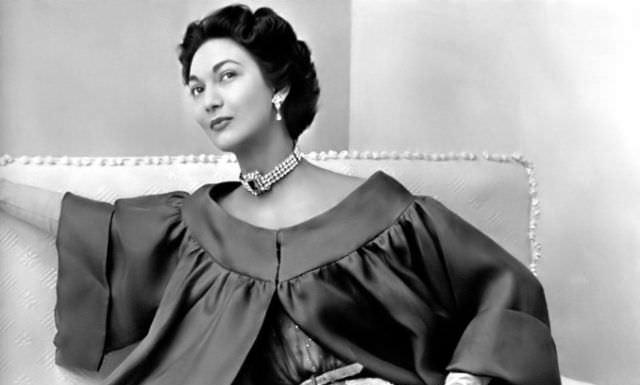The Jimi Hendrix Experience, led by the legendary guitarist Jimi Hendrix, made a profound impact on rock music in the late 1960s. One of their most iconic albums, “Electric Ladyland,” released in 1968, not only showcased Hendrix’s musical genius but also stirred controversy with its original album cover.
The Jimi Hendrix Experience
Formed in 1966, the Jimi Hendrix Experience consisted of Jimi Hendrix on guitar and vocals, Noel Redding on bass, and Mitch Mitchell on drums. The band quickly rose to fame with their innovative sound that blended rock, blues, and psychedelia. Hendrix’s virtuosic guitar playing and charismatic stage presence captivated audiences and earned the band a dedicated following.
Their debut album, “Are You Experienced,” released in 1967, featured hits like “Purple Haze” and “Hey Joe,” establishing Hendrix as a revolutionary figure in music. The band’s second album, “Axis: Bold as Love,” followed later that year, further solidifying their reputation.
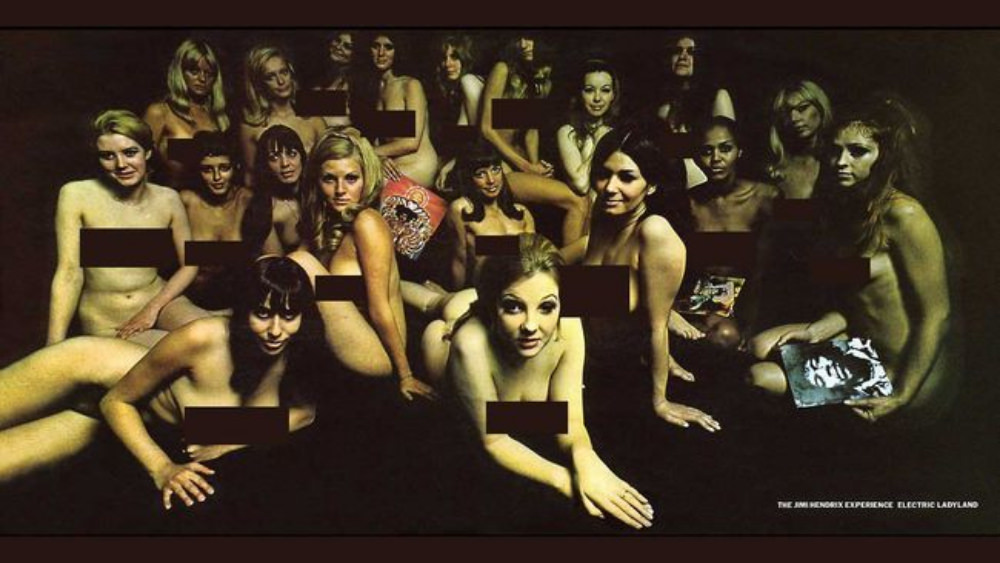
The Making of “Electric Ladyland
“Electric Ladyland,” the third and final studio album by the Jimi Hendrix Experience, was a groundbreaking work. Recorded between 1967 and 1968, the album saw Hendrix pushing the boundaries of music production and guitar techniques. The double LP featured a diverse range of tracks, including “All Along the Watchtower,” “Crosstown Traffic,” and the epic “Voodoo Child (Slight Return).”
Hendrix took a hands-on approach in the production process, experimenting with different sounds and recording techniques. He utilized innovative methods, such as backward tape effects and stereo panning, to create a rich and immersive listening experience. The album’s eclectic mix of rock, blues, funk, and psychedelia showcased Hendrix’s versatility as an artist.
The Controversial Album Cover
While the music on “Electric Ladyland” was widely praised, the album’s original cover sparked significant controversy. The UK release featured a photograph of 19 naked women, posed in various positions against a black background. The image was shot by photographer David Montgomery and was intended to reflect the album’s title and its free-spirited, experimental nature.
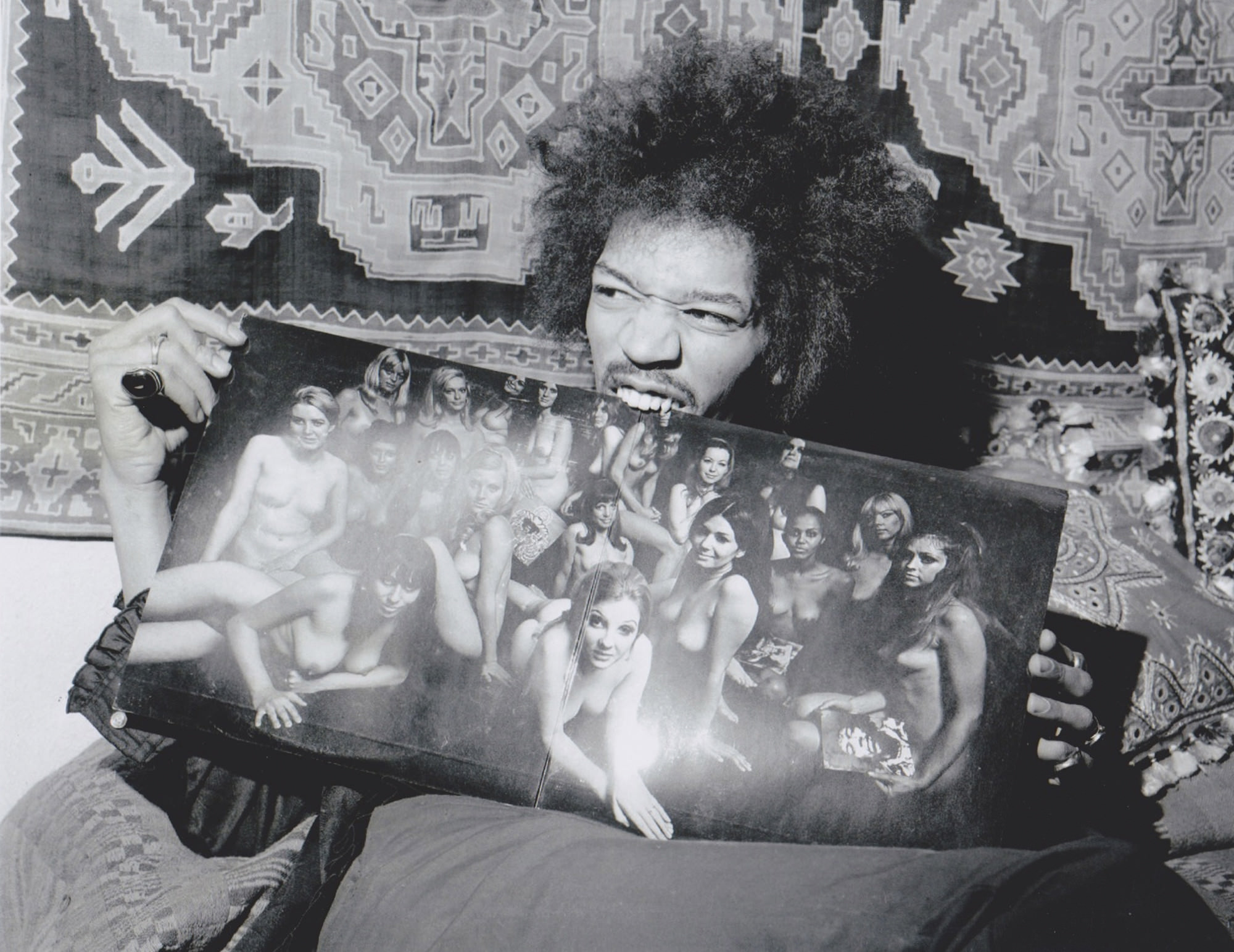
However, the cover was deemed highly provocative and inappropriate by many. At the time, such explicit imagery was uncommon in the mainstream music industry, and the cover’s sexual content shocked both fans and critics. The backlash was swift, with many retailers refusing to stock the album and some countries banning the cover outright.
Hendrix’s Vision vs. Reality
Jimi Hendrix himself was reportedly unhappy with the controversial cover. He had originally envisioned a different concept, involving a more psychedelic and surreal design. Hendrix wanted to capture the album’s experimental and boundary-pushing spirit, but the record label’s decision to use the provocative photograph clashed with his artistic vision.
Hendrix expressed his dissatisfaction with the cover in interviews, stating that it did not represent his ideas for “Electric Ladyland.” He preferred the US version of the album cover, which featured a photograph of his face, taken by photographer Karl Ferris, surrounded by an ethereal, multicolored background. This cover better aligned with Hendrix’s artistic sensibilities and the album’s psychedelic themes.
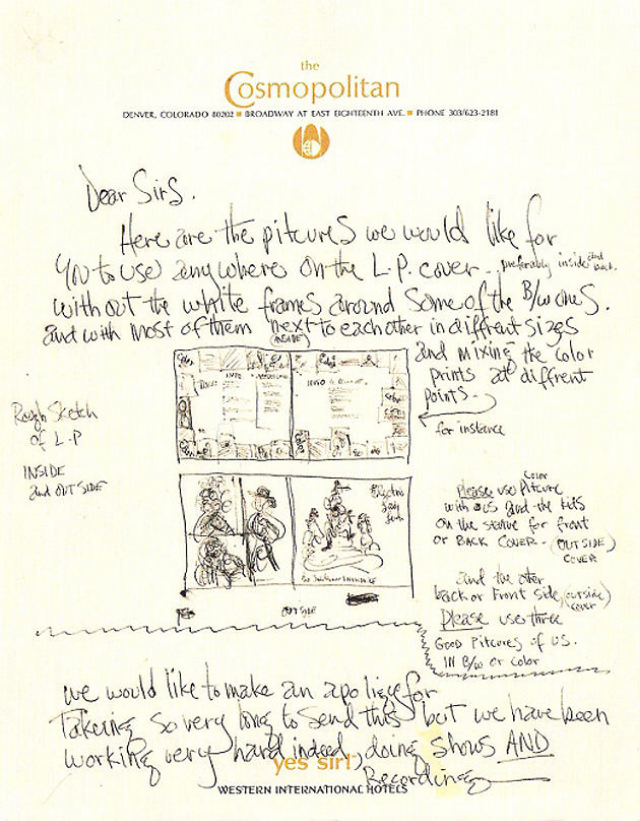
“Deep down in my heart I knew that this picture could be controversial, so I kinda made sure there was nothing really showing, just their boobs. The other thing is that, in a situation like that, I was shooting on Kodachrome film, which was a transparency. Which meant that either you were right or wrong on the exposure. So I had all these girls and all these different skin tones. My normal habit would be to take four different exposures. When I got them back the color was absolutely beautiful – all the girls’ skin tones looked like babies’ bottoms. It was really beautiful and I was very pleased with it.
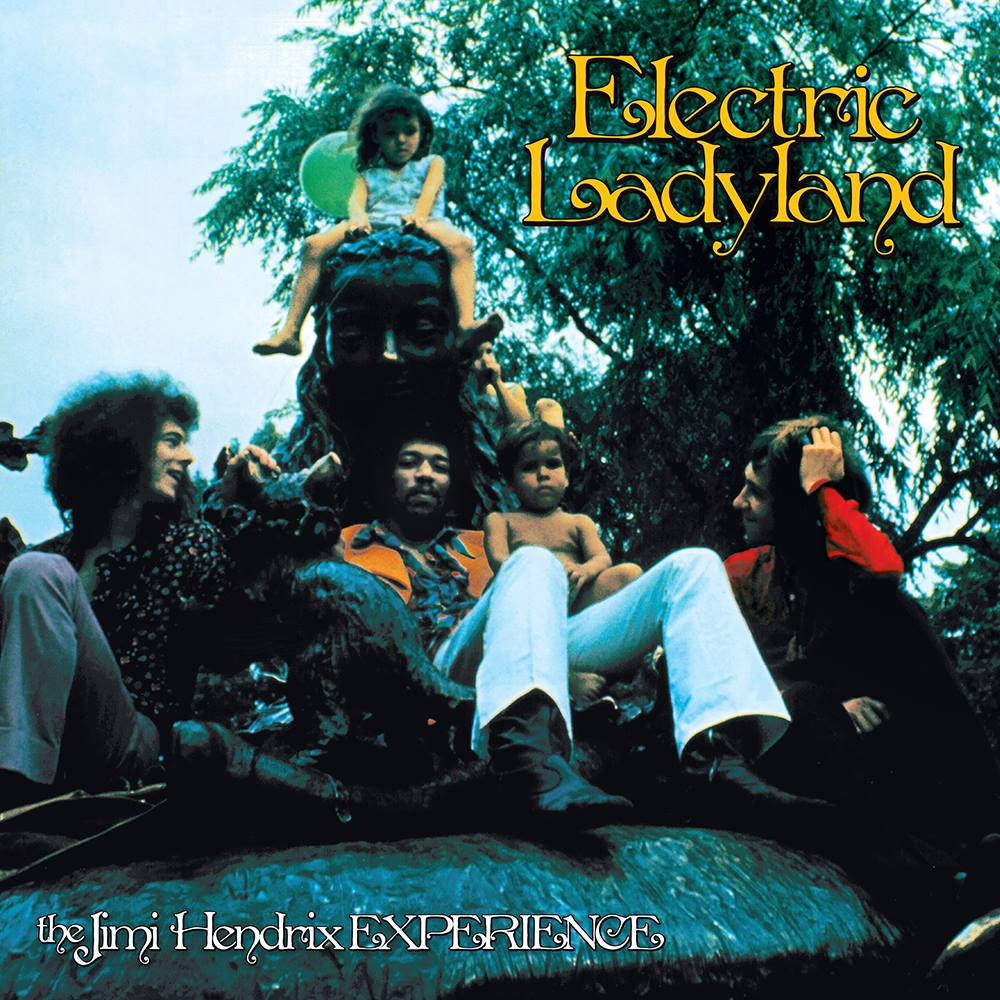
Public Reaction
The public reaction to the controversial cover was mixed. While some fans appreciated the boldness and artistic freedom it represented, others found it offensive and distasteful. The controversy surrounding the cover generated significant media attention, which, in turn, boosted the album’s publicity.
Despite the backlash, “Electric Ladyland” achieved commercial success and critical acclaim. It reached number one on the US Billboard 200 chart and is widely regarded as one of Hendrix’s masterpieces. The album’s innovative sound and Hendrix’s virtuosity cemented his status as one of the greatest guitarists of all time.
In later years, the original cover has become a collector’s item, reflecting its place in rock history. The story behind the banned cover is a reminder of the cultural and artistic shifts of the late 1960s, a time when music and art were pushing the boundaries of what was considered acceptable.
The Album’s Musical Impact
The album features some of his most iconic tracks and showcases his ability to blend various genres into a cohesive and groundbreaking work. Songs like “Voodoo Child (Slight Return)” demonstrate his unparalleled skill on the guitar, while “All Along the Watchtower,” a cover of Bob Dylan’s song, exemplifies his talent for reinterpretation.
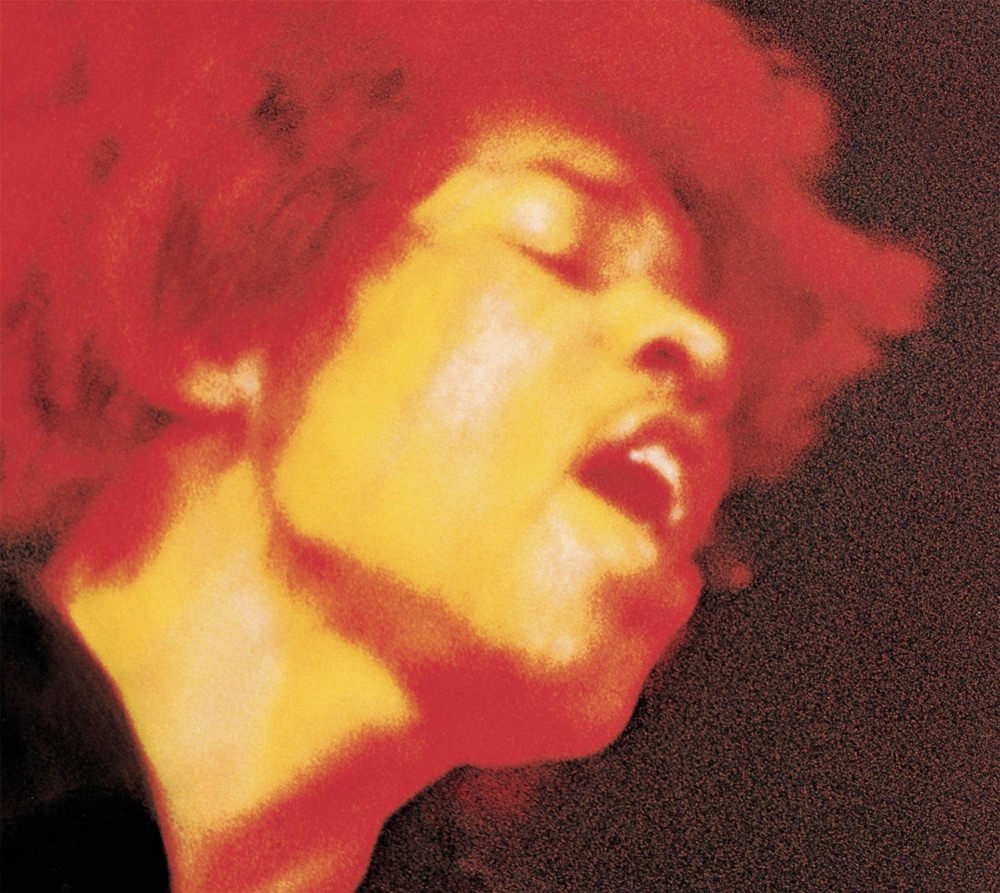
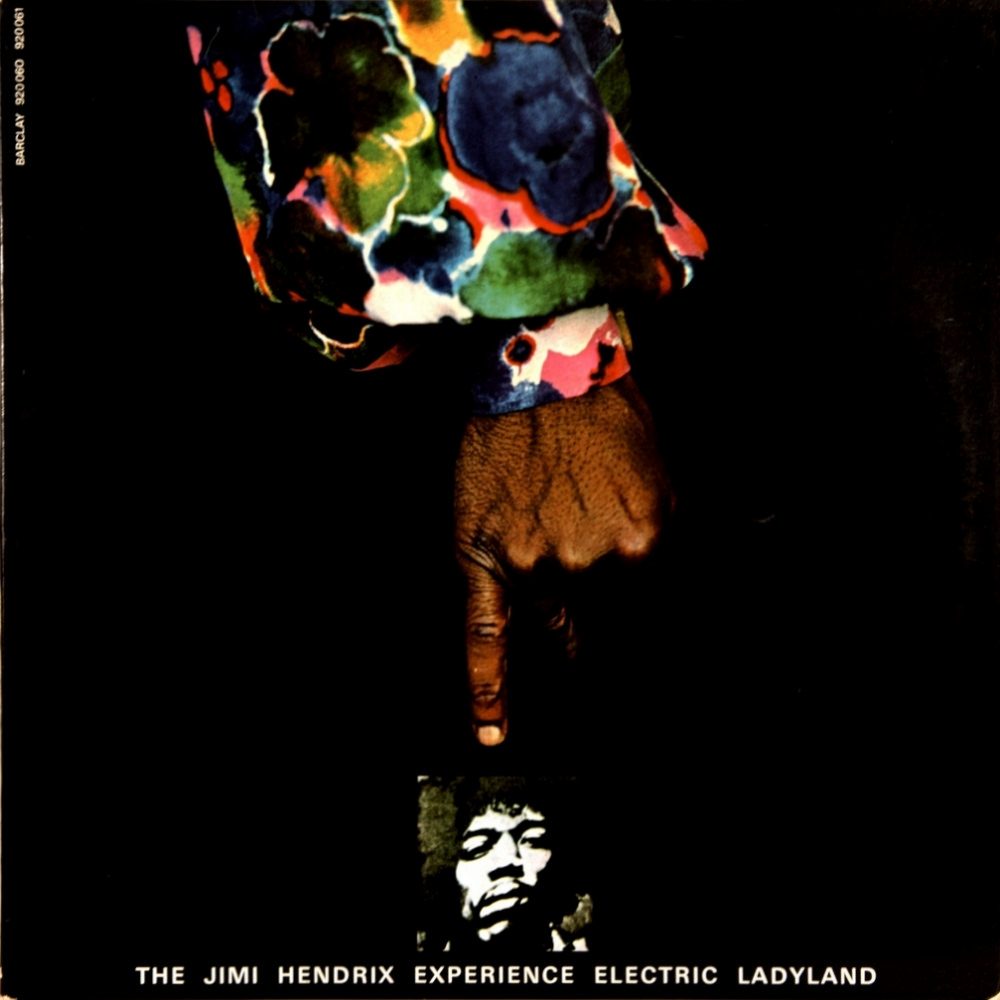
The album’s experimental production techniques influenced countless artists and producers. Hendrix’s use of studio technology, from tape manipulation to innovative sound effects, paved the way for future generations of musicians. “Electric Ladyland” is not only a milestone in Hendrix’s career but also a landmark in the history of rock music.



